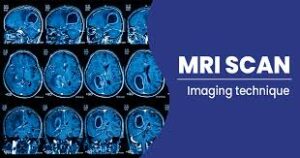Best Physical Fitness and Health

Fitness encompasses many elements, and each one can help you to maintain or enhance your health. Achieving optimal physical fitness and wellbeing relies on a combination of eating nutritiously, drinking plenty of water, exercising regularly and getting enough rest each night.
Acquiring optimal physical fitness and health requires dedication, but can also be enjoyable and rewarding. Results take time to manifest, so you may need to experiment with several approaches before finding one that works for you.
The Centers for Disease Control and Prevention (CDC) suggest that adults get at least 150 minutes of moderate–intensity aerobic physical activity or 75 minutes of vigorous intensity each week. This could include walking, dancing, jogging or playing sports.
Aerobic activities help keep your heart, lungs, and other organs healthy. They may also aid in weight loss, stress relief, and improved moods.
Some people prefer working out in a gym or with a personal trainer, but you can also exercise from home using equipment like treadmills and bikes. Before beginning any new fitness program, be sure to consult your doctor to make sure it is safe for you to begin exercising.
When you’re feeling unwell, it is best to avoid exercising until you feel better. This is especially true if you have a fever, muscle pain or any other symptoms which could make exercising hazardous for you.
Another reason to avoid exercising while sick is that it can spread germs. According to the Centers for Disease Control and Prevention (CDC), exercising while sick could increase your chance of contracting a cold or flu, leading to worsening symptoms or even death.
Drinking plenty of water when exercising is essential to giving your body the fuel it needs to keep going. Dehydration can cause you to feel sluggish and fatigued, so staying hydrated is key for optimal performance.
For optimal physical fitness and health, combine endurance, strength, and flexibility training. Doing so will help you build bigger muscles as well as increase your overall strength, flexibility, and balance.
Muscular endurance (also referred to as strength) refers to your muscles’ capacity for exerting force without tiring out. This can be achieved through weight lifting, jogging, swimming and other forms of exercise.
Strength training stimulates muscle fibers to fire together, leading to muscle growth and increased mass. Your muscles become stronger and more efficient as a result.
Flexibility exercises increase your joints’ range of motion and can help protect you against injury. Yoga, tai chi, and other stretches are all effective at increasing flexibility.
You can achieve optimal physical fitness and health by following the CDC’s recommendations for aerobic activity, strength training, and flexibility. To further enhance your workouts and incorporate other forms of physical activity into your lifestyle, mix up the exercises you do and add variety to your exercises.
You can improve your physical fitness level by decreasing the amount of time you sit each day. Studies have indicated that spending more than eight hours sitting increases your risk for chronic illnesses.




